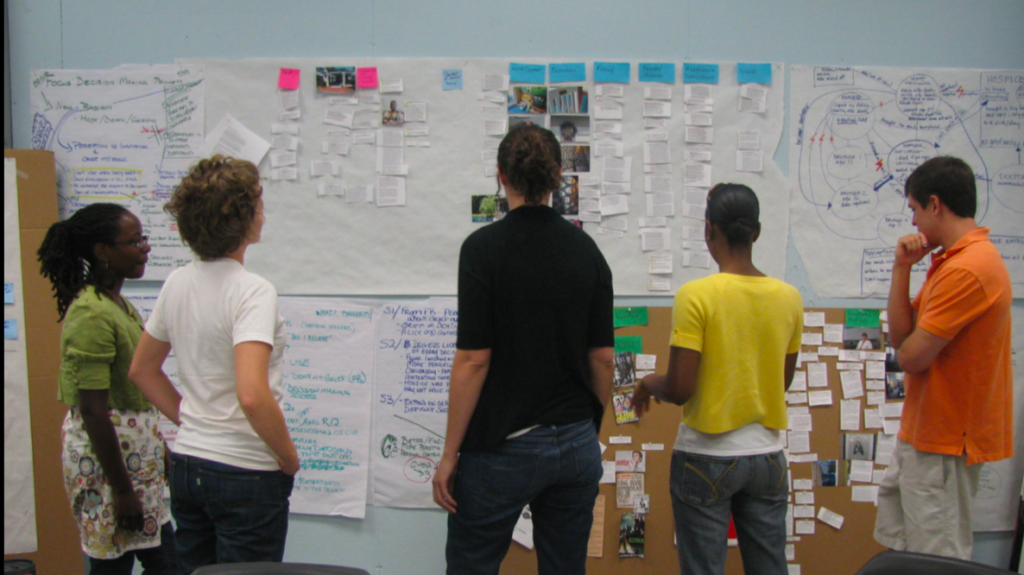Autumn Foster of Quire Consulting taught Forge’s most recent Lunch & Learn about survey design. We know we need data in order to get better. So we craft surveys and program evaluations and give them to our customers. We get them back, share the results at a team meeting and return to business as usual. For this lunch and learn Autumn talked about a better way to use customer input to improve your business.
Why do we use surveys in research?
Surveys help us gather information from a large number of people in order to make decisions that impact our business.

First step: Ask yourself “What information do I want to know?”
Different Kinds of Information:
- Attitudes: what people say they want
- Beliefs: what people think is true
- Behavior: what people do (descriptive)
- Attributes: what people are
Here are different question structures you can use:
- Open-ended
- Never use an open-ended question if a close-ended question will do!
- People have to think harder about an open-ended question so choose wisely.
- Close-ended with ordered choices
- Close-ended with unordered choices
- Partially close-ended

Pay attention to your wording! Ask yourself these questions:
- Will the wording be understood?
- Are the questions too vague/precise?
- Is the question too demanding?
- Is the question objectionable?
Make sure you know your goal! What are you hoping to learn from this survey? Who are you trying to reach?
Define your audience:
- Start with what you know
- Identify your assumptions
- Go beyond your network
- Consider your strategic goals
How will your team process and use the data?
After going through the work of gathering data, you don’t want to throw the information in a binder- never to be seen again. So ask yourself how your team will process the data you receive. When processing the data, think about these things: 1. Know your audience (user vs. spectator) 2. Know what they need to know 3. Make it accessible and durable

Autumn and her team processing data a few years back!
Think about the impact of the survey: What does this mean for your business?
Let the data lead by:
- doing more research
- identifying opportunity areas
- setting goals tied to your learning
- establishing a plan of action
Surveys take work but they can certainly pay off if you gather valuable information about your audience. Make sure you establish a plan of action to use the information you’ve gathered! Thank you Autumn for sharing with us! Check out Quire Consulting if you haven’t already. Feel free to contact Autumn at autumn@quireconsulting.com.
